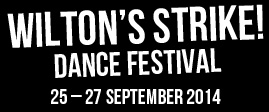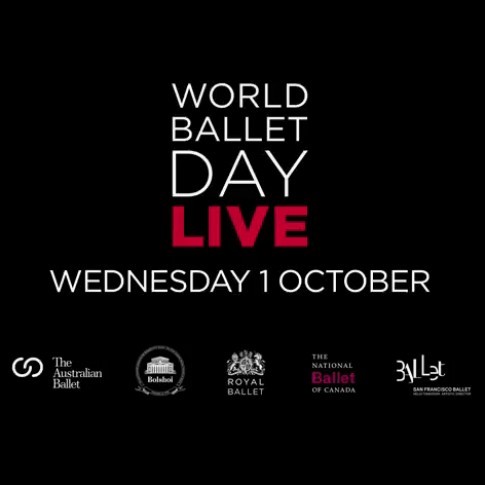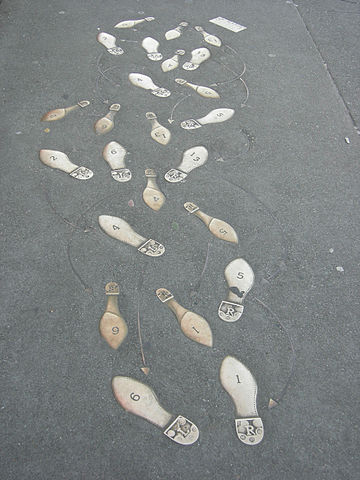 Wilton’s Strike!, a new dance platform, is offering emerging dancers and choreographers the opportunity to develop a piece of work with Wilton’s Music Hall and to perform on its historic stage. Wilton’s is the world’s oldest surviving Grand Music Hall and London’s best kept secret, so this opportunity to work within the building is an incredible opportunity.
Wilton’s Strike!, a new dance platform, is offering emerging dancers and choreographers the opportunity to develop a piece of work with Wilton’s Music Hall and to perform on its historic stage. Wilton’s is the world’s oldest surviving Grand Music Hall and London’s best kept secret, so this opportunity to work within the building is an incredible opportunity.
The atmospheric building full of history and stories is led by Frances Mayhew and produces an exciting programme of imaginative, diverse and distinct entertainment including theatre, music, comedy, cinema and cabaret. For Wilton’s Strike!, the performances will also be live-streamed on the Wilton’s website and will remain online after the event too.
Running from 25–27 September the programmes presented include:
Ieva Kuniskis ‘They Live Next Door’ (working title)
Ieva Kuniskis creates theatrical dance pieces rooted in Lithuanian theatre, folklore and everyday experiences. Her piece explores the story of an older man embodying and pushing the boundaries of social stereotypes.
Jack Webb ‘Inside Opulence’ (working title)
Exploring the connections between animal and human nature, Jack Webb’s contemporary piece investigates the desire to be seen and fighting for survival in the setting of a modern day Vaudeville show.
Rebecca Evans (Pell Ensemble) and Lorenza Lo (Flock Collective) ‘Hiding in Plain Sight’ (working title)
This contemporary piece looks at how modern society is undergoing a metamorphosis in communication through the use of texting, how this new way of interacting is modifying our verbal and physical language and affecting our human stories.
Dane Hurst ‘Finding Freedom’ (working title)
Dane Hurst has an attraction to dramatic works driven by a strong narrative which he translates into beautiful contemporary choreography. This piece is inspired by the narrative of American death row inmate, Jarvis Jay Masters, and his metamorphosis from darkness and isolation to enlightened peace.

 The Royal Ballet received the Royal Academy of Dance’s highest award during a fundraising gala recently: the QEII Award – presented annually in recognition of outstanding services to the art of ballet by the RAD – was first conferred sixty years ago upon Royal Ballet founder Dame Ninette de Valois, in 1954.
The Royal Ballet received the Royal Academy of Dance’s highest award during a fundraising gala recently: the QEII Award – presented annually in recognition of outstanding services to the art of ballet by the RAD – was first conferred sixty years ago upon Royal Ballet founder Dame Ninette de Valois, in 1954. On 1 October, the first World Ballet Day will see a fantastic collaboration between five of the world’s leading ballet companies: the Australian Ballet, the Bolshoi Ballet, The Royal Ballet, National Ballet of Canada and San Francisco Ballet. On the first day of October, each company will stream behind-the-scenes action live from their rehearsal studios. Starting at the beginning of the dancers’ day, each company will take the lead with a four-hour period, streaming from their headquarters.
On 1 October, the first World Ballet Day will see a fantastic collaboration between five of the world’s leading ballet companies: the Australian Ballet, the Bolshoi Ballet, The Royal Ballet, National Ballet of Canada and San Francisco Ballet. On the first day of October, each company will stream behind-the-scenes action live from their rehearsal studios. Starting at the beginning of the dancers’ day, each company will take the lead with a four-hour period, streaming from their headquarters. Surprisingly many dance students find learning new combinations tricky and challenging. Of course the more you try to learn new exercises quickly the easier it becomes, but there are a few tricks to make it easier.
Surprisingly many dance students find learning new combinations tricky and challenging. Of course the more you try to learn new exercises quickly the easier it becomes, but there are a few tricks to make it easier. The iconic and ethereal dancer Sylvie Guillem has announced that she will retire at the end of 2015. Having begun as a classical ballet dancer at the Paris Opera Ballet and then becoming a principal with the Royal Ballet, the French ballerina turned contemporary dancer will be sorely missed by her audiences. Guillem joined the Paris Opera Ballet in 1981 where she was singled out by director Rudolf Nureyev: she was promoted to the top rank faster than any other dancer with the company.
The iconic and ethereal dancer Sylvie Guillem has announced that she will retire at the end of 2015. Having begun as a classical ballet dancer at the Paris Opera Ballet and then becoming a principal with the Royal Ballet, the French ballerina turned contemporary dancer will be sorely missed by her audiences. Guillem joined the Paris Opera Ballet in 1981 where she was singled out by director Rudolf Nureyev: she was promoted to the top rank faster than any other dancer with the company. Strictly Come Dancing is back for 2014! Judges Len Goodman, Darcey Bussell, Craig Revel Horwood and Bruno Tonioli will all be returning to the popular BBC1 show, ready to judge 15 celebrities on their ability to jump, jive and boogie.
Strictly Come Dancing is back for 2014! Judges Len Goodman, Darcey Bussell, Craig Revel Horwood and Bruno Tonioli will all be returning to the popular BBC1 show, ready to judge 15 celebrities on their ability to jump, jive and boogie.